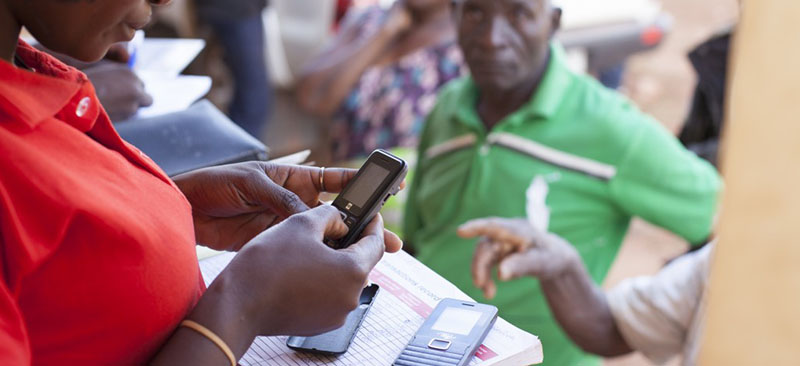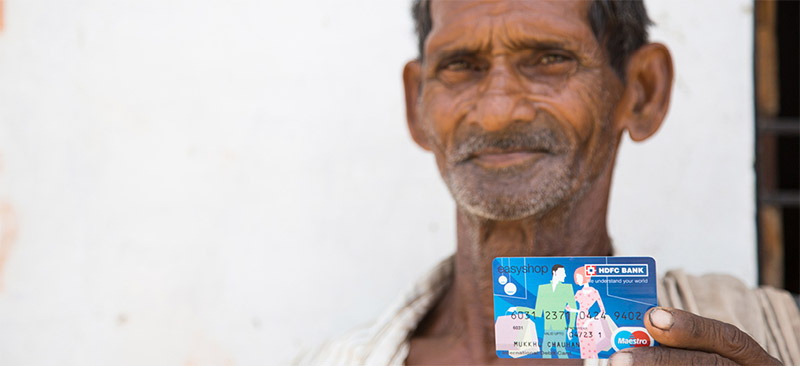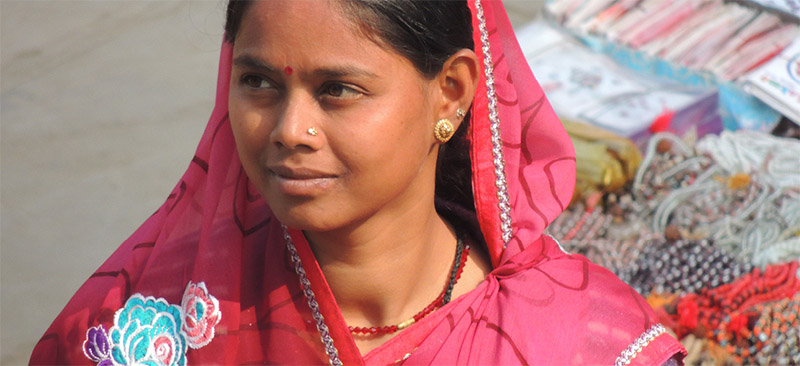There has been a growing debate on whether greater integration and interoperability of banking and other financial services provided through the ANMs/BCNMs is a prerequisite for greater acceptance and adoption of the BC model by the consumers. MicroSave conducted a comprehensive research study on the need for integration and interoperability of financial services for the poor.
Blog
Insurance Through Bank Agents: How Can It Be Done?
Insurance sourcing through bank agents is becoming increasingly popular. Though the reason for such enthusiasm can be understood, the challenges cannot be overlooked either. In this Note, we detail the product and channel planning challenges and strategies to address them. Appreciating the complexities of the bank agent channel is pivotal to the success of the channel. Though this Note suggests one perspective on how to adopt the channel for insurance inclusion, it is by no means the only one. The future will show us how different approaches to bank agency-insurance inclusion perform. The model of channel diffusion outlined in this Note may unearth the challenges of managing inter-channel conflict. Implementing organisations’ management of these risks will impact the viability of this model in long run.
Agent Banking and Insurance: Is There A Value Alignment?
Agent banking is emerging as the preferred conduit to promote financial inclusion globally. However, an agent banking network can sustain only if there is a value alignment for all the stakeholders in the digital eco-system. In this Note, we discuss the potential value for stakeholders in a situation where insurance products are offered through agent banking channel. We also highlight the challenges that might arise when implementing insurance products on agent banking channels. Despite the stakeholder value alignment, it is evident that insurance inclusion through agents requires careful planning of product, channel and marketing at both insurer as well as the implementing bank level.
Risk Management for MFIs – II
Risk management has very wide scope, as it necessarily covers all functions of an organisation. It is also an un-ending process under which continuous efforts are required from everyone in the organisation. However, setting up risk a management function is not very difficult. Any organisation with the need to reduce risks in its operations and functioning can work to develop its own risk management systems, so that they are best suited to its level and complexity of operations. This Note discusses how to calculate risk scores; how to develop and use risk monitoring tools; how to set responsibilities; how to develop the risk management structure within the organisation; and how to develop risk reporting structures and a business continuity plan.
Risk Management for MFIs – I
Risk management in microfinance complex because of the absence or near absence of traditional risk mitigation mechanisms like collateral and guarantees, as well as the high volumes of cash transactions conducted in remote locations. Moreover, many MFIs are mission-driven organisations, and therefore prone to strategic and political risks that are unique to them and the clients they serve. As MFIs continue to grow and expand, serving more customers and attracting more mainstream investment capital and funds, they need to strengthen their internal capacities to identify and anticipate potential risks, and thus to avoid unexpected losses and surprises. This Note focuses on understanding the risk function and its difference from internal audit. It also looks at different types of risks, as well as understanding some basic risk terms, risk identification and risk prioritisation.
Client Protection Lessons for the Microfinance Sector
This Note explains how clients perceive ‘client protection’ and what the stakeholders can do to fulfil clients’ expectations for protection on financial matters. Based on client inputs, financial institutions can prioritise their efforts to implement CPPs. Ranking of CPPs can highlight what really matters to clients and accordingly management systems can be put in place. Integrating clients’ preferences within the customer service framework can help MFIs improve their performance.





